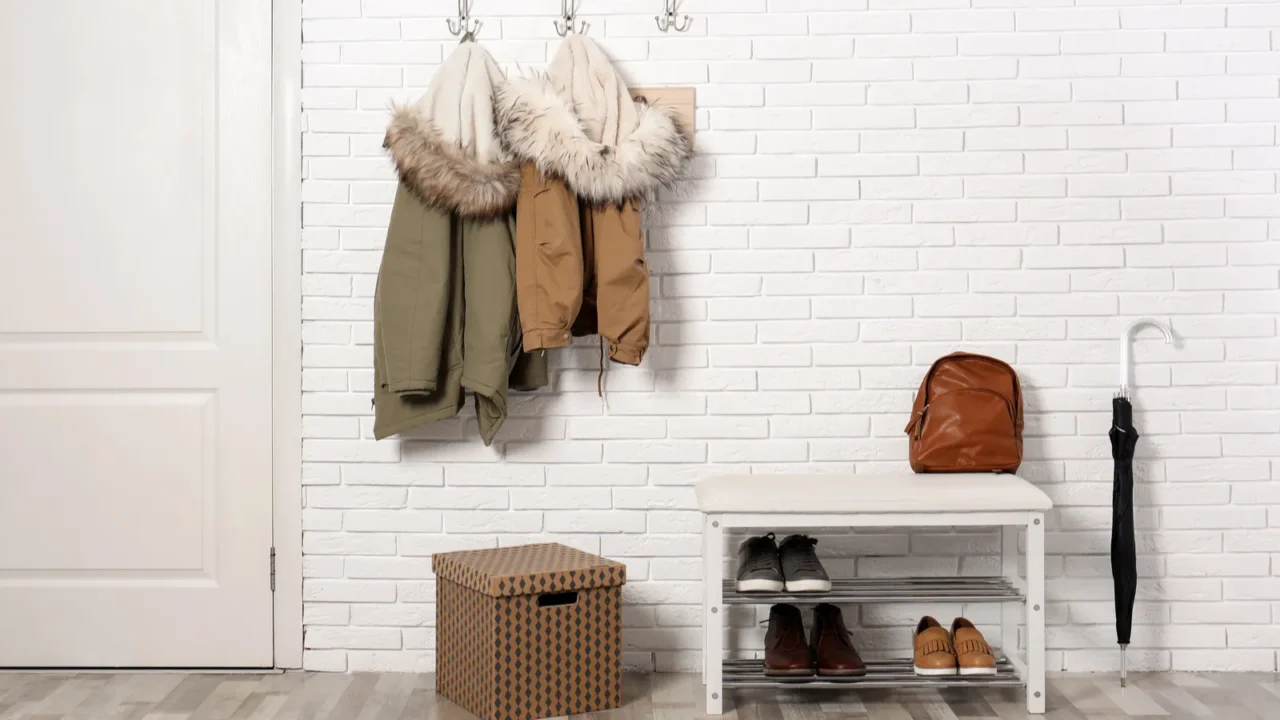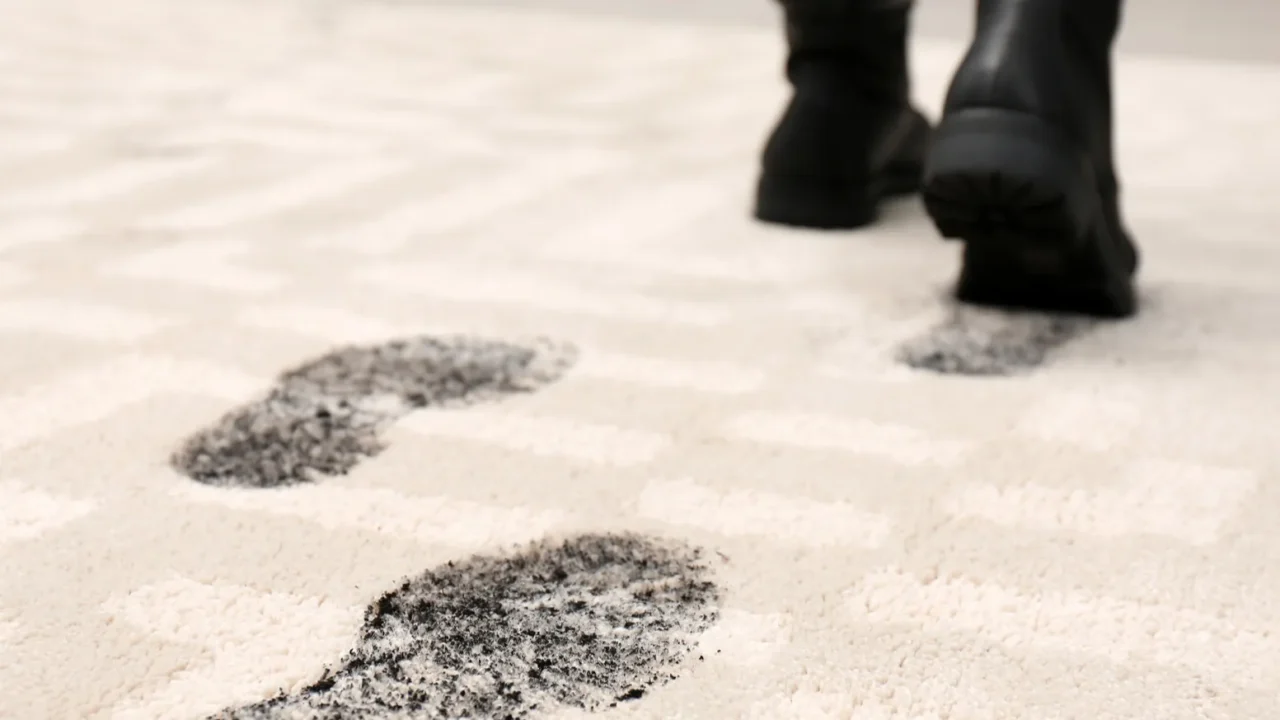Uncover the hidden reasons your floors never seem clean. Get tips to maintain sparkling, dirt-free floors with ease.

Why Floors Stay Dirty
Are you constantly cleaning but still finding your floors dirty? It’s frustrating, but there could be hidden reasons for this persistent problem.
From simple habits to overlooked cleaning methods, there are many factors at play. Swipe through to uncover why your floors stay dirty and what you can do to keep them spotless and fresh.

Skipping Entryway Mats
Not using entryway mats is an open invitation for dirt to spread throughout your home. Shoes carry dust, debris, and even bacteria that easily get transferred to your floors.
Invest in sturdy mats both inside and outside your doors to trap dirt at the entrance. This small change can significantly reduce how often you need to clean.

Using the Wrong Cleaning Tools
The wrong tools can make things worse, not better. For example, a broom might just push fine dust around, while an old vacuum filter could blow dust back into the air.
Using the correct tools like a high-efficiency vacuum or microfiber mop ensures you’re removing dirt effectively, not redistributing it throughout your home.

Not Removing Shoes
Wearing shoes indoors is one of the biggest culprits of dirty floors. Sneakers and outdoor footwear drag in dirt, oil, and other outdoor pollutants.
Enforcing a no-shoes policy can drastically cut down on grime. Keep a shoe rack by the door to make this habit easy for everyone to follow and keep your floors cleaner.

Ignoring Pet Hair
If you have pets, fur and dander can quickly cover your floors. Pet hair not only makes them look messy but can also trap dust and allergens.
Make pet grooming a regular part of your routine and use a vacuum specifically designed for pet hair. It’ll keep floors looking clean and help with overall air quality.

Skipping Regular Sweeps
Leaving dirt and dust to accumulate over time makes cleaning harder and less effective. Daily or at least frequent sweeping prevents dirt from being pushed deeper into the floor’s surface.
Make it a habit to do quick, daily sweeps to keep your floors looking fresher and reduce the need for deep cleaning sessions.

Using Too Much Water
Mopping with excessive water can leave floors looking dull and lead to residue buildup. Water can seep into flooring joints or wood, causing damage over time.
Use a damp, not soaked, mop and be mindful of how much liquid you’re using. This helps your floors dry faster and stay cleaner for longer without damage.

Neglecting Under Furniture
Dirt and debris don’t just settle in open spaces; they accumulate under couches, tables, and chairs. Neglecting these hidden areas can make your floors seem dirty even after a thorough clean.
Use a vacuum attachment or long-handled duster to reach these spots. Cleaning under furniture regularly ensures a truly clean floor.

Not Changing Mop Heads
Reusing a mop head without cleaning it can spread dirt rather than remove it. Old mop heads often spread dirt and bacteria rather than remove them.
Replace your mop head regularly or wash it after each use to ensure you’re using clean equipment for effective floor cleaning.

Wrong Cleaning Products
Using the wrong cleaning products for your floor type can leave residues that attract more dirt. For example, wood floors need a gentle cleaner, while tile can handle stronger solutions.
Ensure you’re using products specifically formulated for your flooring material. This small change can lead to better, longer-lasting results and cleaner floors.

Not Vacuuming Edges
Dirt tends to accumulate along baseboards and in the corners of rooms. If you’re not vacuuming or sweeping these edges, your floors may still look dirty even after cleaning.
Use a vacuum attachment or a small broom to tackle these hard-to-reach places. Regular attention to edges can leave your entire floor looking fresh and clean.

Ignoring Seasonal Changes
Each season brings unique challenges, from pollen in spring to mud in rainy months. Not adjusting your cleaning routine to seasonal changes can leave your floors looking perpetually dirty.
Use season-appropriate floor mats and adapt your cleaning schedule based on weather conditions. This helps keep outdoor messes from taking over your floors.

Improper Floor Sealing
Certain floors, like stone or tile, require proper sealing to prevent dirt from seeping into cracks and pores. If the sealant wears off, dirt embeds deeper, making cleaning ineffective.
Check the sealant’s condition and reseal as needed to maintain a protective barrier. Properly sealed floors stay cleaner for longer and are easier to maintain.

Ignoring Grout and Joints
Grout and floor joints can trap dirt and grime, making the entire floor appear dirty. Regular sweeping and mopping often miss these areas, allowing buildup over time.
Use a toothbrush or a narrow cleaning tool with a targeted cleaner to scrub these spaces. Clean grout and joints can make a huge difference in your floor’s overall appearance.

Using Harsh Chemicals
Harsh chemicals can damage your floor’s finish and create a sticky residue that attracts more dirt. Over time, these substances can also strip protective coatings.
Choose eco-friendly, pH-balanced cleaners that are safe for your floor type. They clean effectively without leaving behind residue or causing damage, helping your floors stay cleaner for longer.
Looking for the best options? Check out Clean Smarter with These Eco-Friendly Solutions for safe and effective cleaning products.

Cleaning Pitfalls to Avoid
Understanding why your floors get dirty is just the beginning. To keep them cleaner for longer, it’s essential to recognize common mistakes that could be undermining your efforts.
By avoiding these missteps, you’ll make your cleaning routine more effective and maintain spotless floors with ease.
Want to learn more? Dive into Cleaning Mistakes That Are Making Homes Dirtier for tips on perfecting your cleaning strategy.